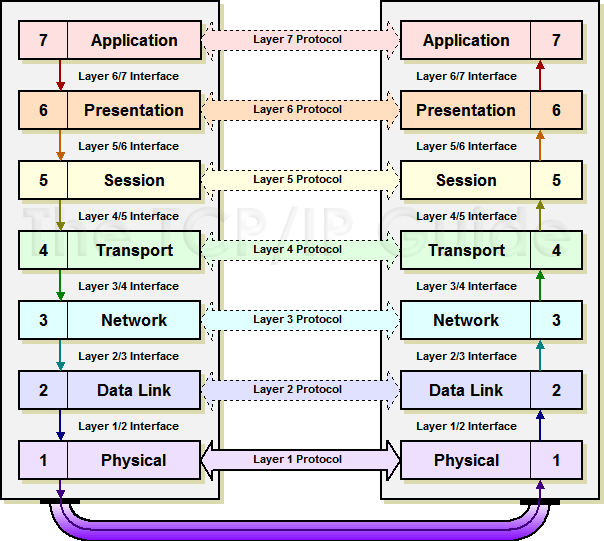 |
|
Please Whitelist This Site?
I know everyone hates ads. But please understand that I am providing premium content for free that takes hundreds of hours of time to research and write. I don't want to go to a pay-only model like some sites, but when more and more people block ads, I end up working for free. And I have a family to support, just like you. :)
If you like The TCP/IP Guide, please consider the download version. It's priced very economically and you can read all of it in a convenient format without ads.
If you want to use this site for free, I'd be grateful if you could add the site to the whitelist for Adblock. To do so, just open the Adblock menu and select "Disable on tcpipguide.com". Or go to the Tools menu and select "Adblock Plus Preferences...". Then click "Add Filter..." at the bottom, and add this string: "@@||tcpipguide.com^$document". Then just click OK.
Thanks for your understanding!
Sincerely, Charles Kozierok
Author and Publisher, The TCP/IP Guide
|
|
|

Custom Search
|
 |
The TCP/IP Guide 9 The Open System Interconnection (OSI) Reference Model 9 Key OSI Reference Model Concepts |
|
Protocols: Horizontal (Corresponding Layer) Communication
(Page 2 of 2)
Horizontal Communication
Let's consider how these corresponding layers communicate using protocols. First, recall that every layer in the model, except the bottom (physical) layer, is really a program or algorithm running on a computer. There is no way for, say, a Web browser and a Web server to actually connect together directly—they are just software programs, after all. Instead, the software running at various layers communicates logically. That is to say, through the use of software and procedures, a process running at layer 5 on one machine can accomplish logical communication with a similar process running at layer 5 on another machine.
Since machines are only physically connected at layer 1, this means that in order for a protocol at layer 5 to function, the data on the sending machine must “pass down” the data through the layers between layer 5 and layer 1. The data is then transmitted over the physical connection to layer 1 of the other machine, and “passed up” the protocol stack of the receiving machine to layer 5. This is how the two machines are logically linked at layer 5, even though they have no physical connection at that layer.
Thus, with the exception of the actual physical connection at layer 1, all horizontal communication also requires vertical communication—down the stack on one machine, and then back up the stack on the other. This process is illustrated in Figure 14. (The communication doesn’t always go all the way back up the stack for each connection, however, as in the case of routing.)
|
|
|
| |||||||||||||||||||
Home - Table Of Contents - Contact Us
The TCP/IP Guide (http://www.TCPIPGuide.com)
Version 3.0 - Version Date: September 20, 2005
© Copyright 2001-2005 Charles M. Kozierok. All Rights Reserved.
Not responsible for any loss resulting from the use of this site.







 Key Concept: In the OSI Reference Model, a protocol refers specifically to a set of rules or procedures that define communication between software or hardware elements running at the same layer on network devices. Physical layer protocols are responsible for the actual transmission and reception of data at layer one. Protocols at higher layers pass data down through the layers below them to layer one for transmission, then across the network and back up to the corresponding entity at the same layer on the receiving device. The result is that software processes running at say, layer four on each of two devices can communicate logically as if they were directly connected at layer four, when they are not.
Key Concept: In the OSI Reference Model, a protocol refers specifically to a set of rules or procedures that define communication between software or hardware elements running at the same layer on network devices. Physical layer protocols are responsible for the actual transmission and reception of data at layer one. Protocols at higher layers pass data down through the layers below them to layer one for transmission, then across the network and back up to the corresponding entity at the same layer on the receiving device. The result is that software processes running at say, layer four on each of two devices can communicate logically as if they were directly connected at layer four, when they are not.